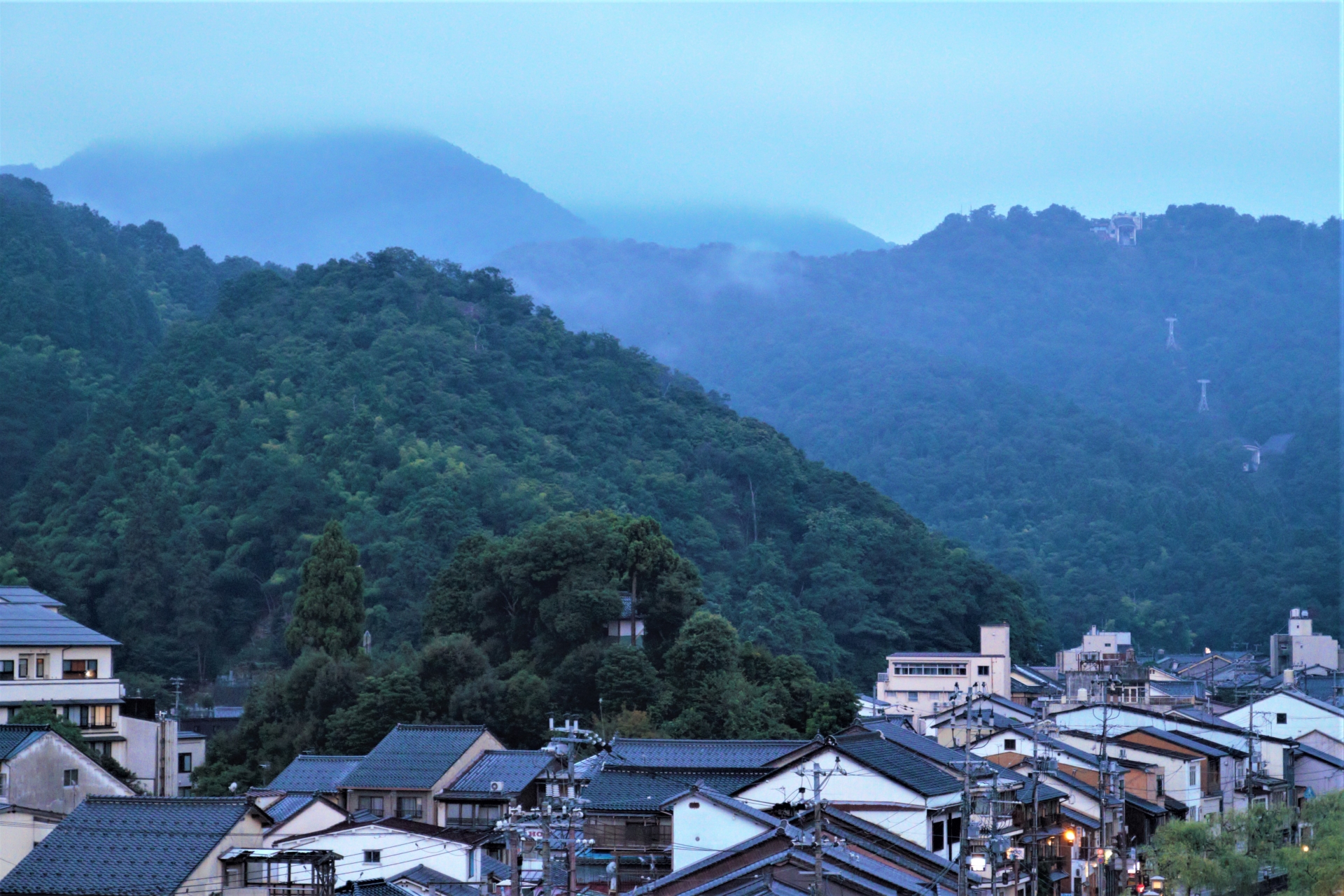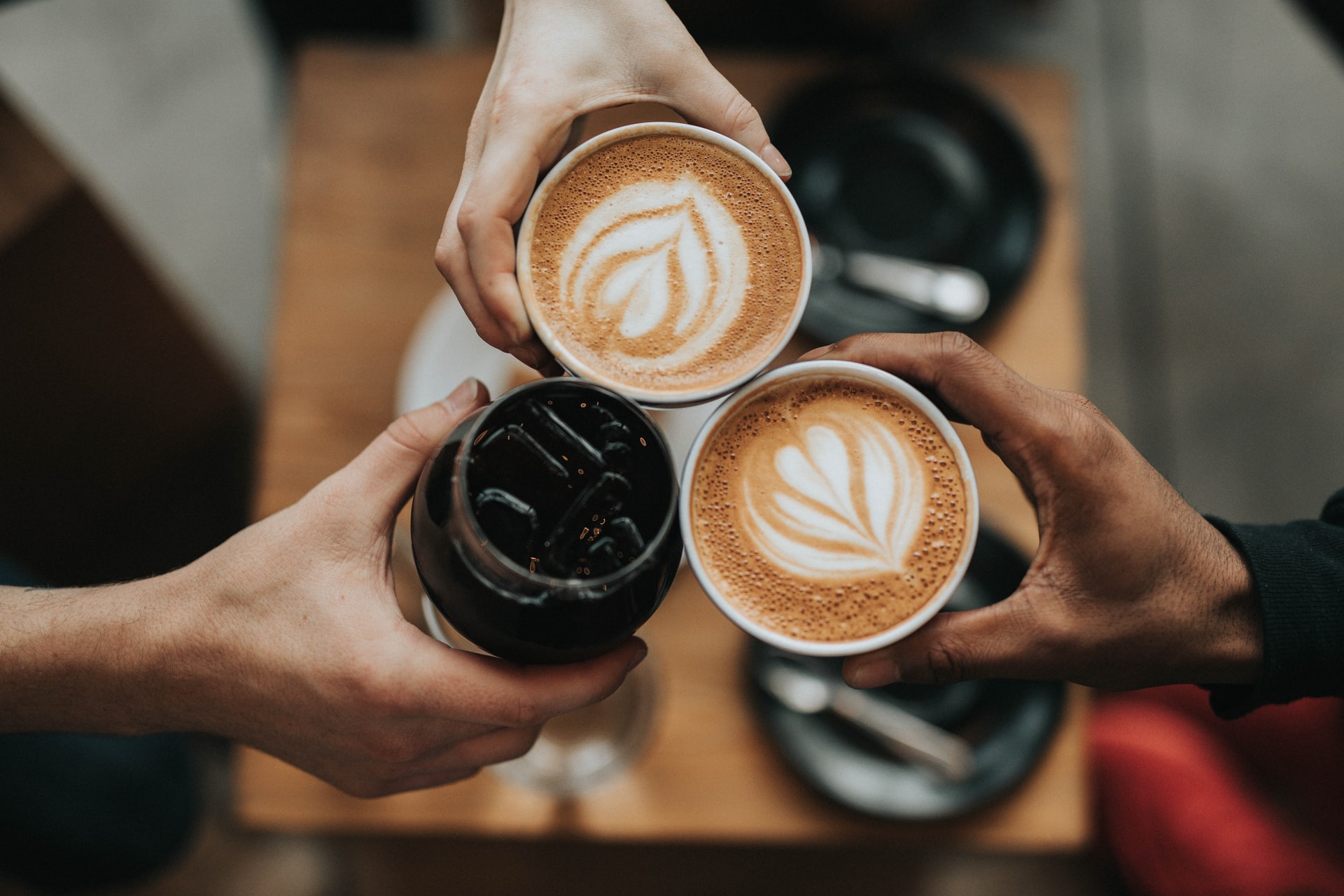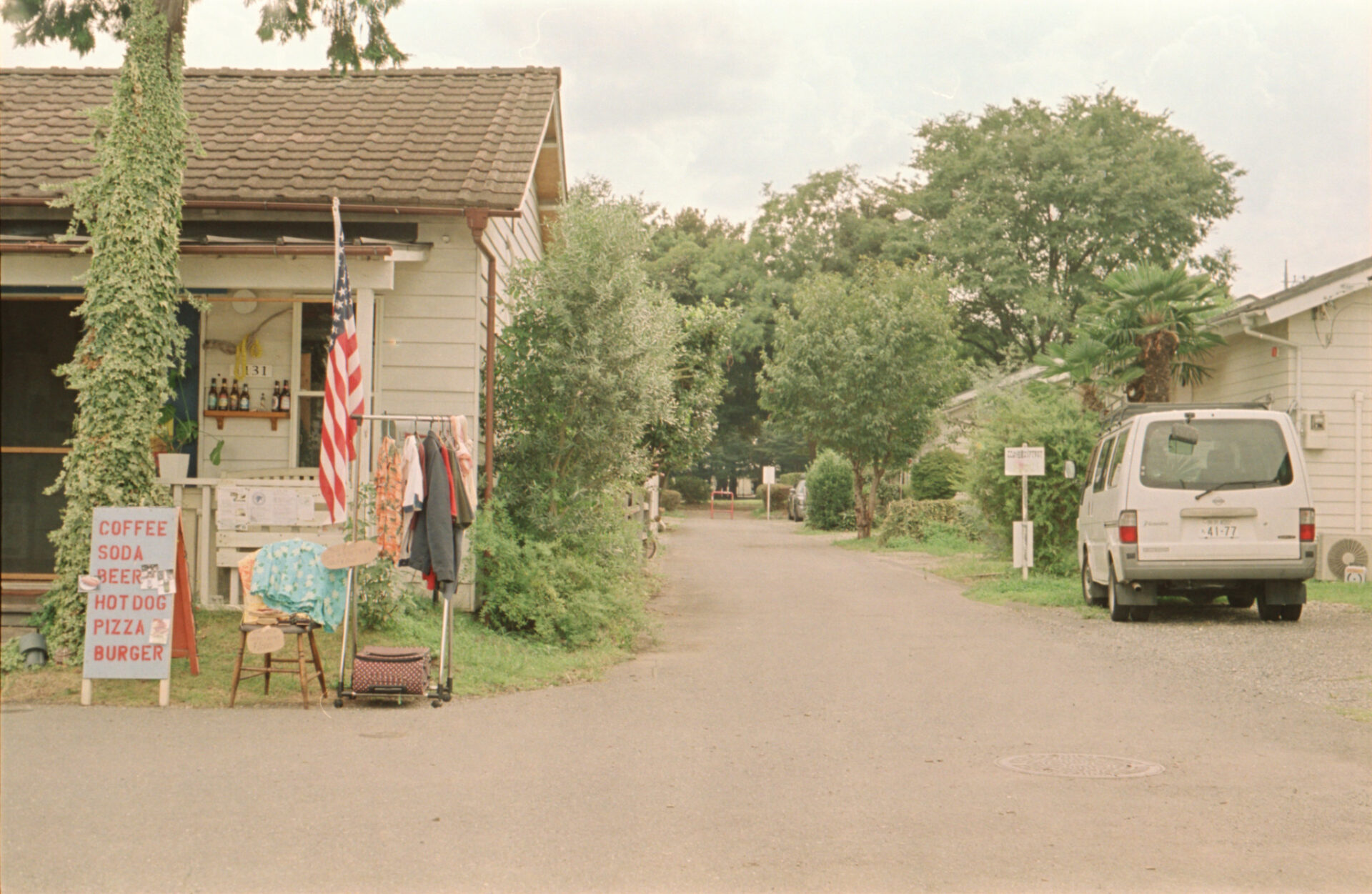One of the favorite pastimes of many people in Japan is visiting onsen, the hot springs that are found all over the country. It is one of those local experiences that you can’t miss out on when you travel to Japan, and it will be difficult to choose where to go as there are so many options. One of the best places to enjoy a traditional hot spring experience is Kinosaki Onsen (城崎温泉) in Hyogo, an onsen town around 2.5 hours north from Kyoto by train. Let us show you why a stay at Kinosaki Onsen should feature on your Japan itinerary!
Short history of public bath houses
Being one of the most tectonically active areas in the world, Japan has its fair share of natural hot springs. They are known for providing several health benefits to bathers such as the alleviation of aches and pains, easing digestive issues, and nurturing the skin. This knowledge is not new, in fact, the oldest books that were written in Japan dating back as far as the 1st century already mention people bathing in hot springs.
The Japanese have been enjoying onsen since ancient times. Back in the days, former Emperors and important lords were among the first to enjoy the benefits of Japan’s onsen, and from the Edo Period onwards regular citizens were also allowed to relax in communal baths. In fact, in those sento bath houses men and women were allowed to bathe together, greatly surprising the Westerners who started coming to Japan from the late 19th century. Nowadays, it is almost always a gender-separated affair and visiting small sento as well as onsen resorts has become a popular thing to do on weekends and national holidays. When visiting an onsen always make sure to follow the onsen etiquette, they’re many written and unwritten rules when taking an onsen and you are expected to follow there. After all, onsen are an integral part of the Japanese culture.
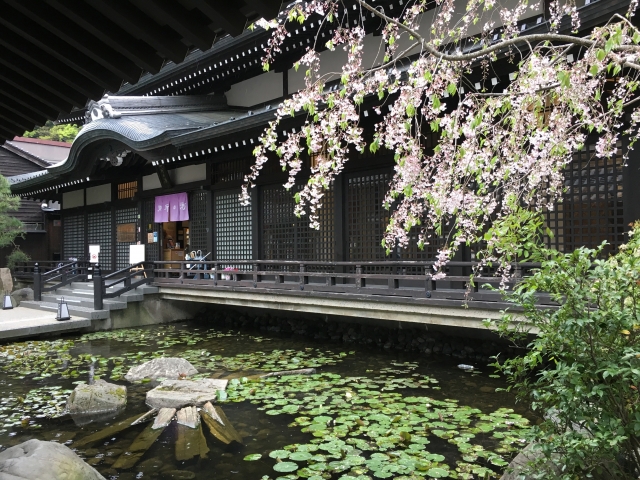
Kinosaki Onsen old town center
Being one of the oldest hot spring towns in Japan, the village of Kinosaki Onsen is completely devoted to bathing. There are 7 public bath houses in Kinosaki Onsen, each of which has its own features and health benefits. They are set indoors as well as outdoors, and we recommend you to try both. In wintertime, outdoor bathing is especially invigorating. Most of the bath houses have beautiful traditional exteriors and are situated alongside a tree-lined canal. Once night falls, the village will be pleasantly lit up. Just taking a stroll around the scenic old town center will be one of the highlights of your stay.
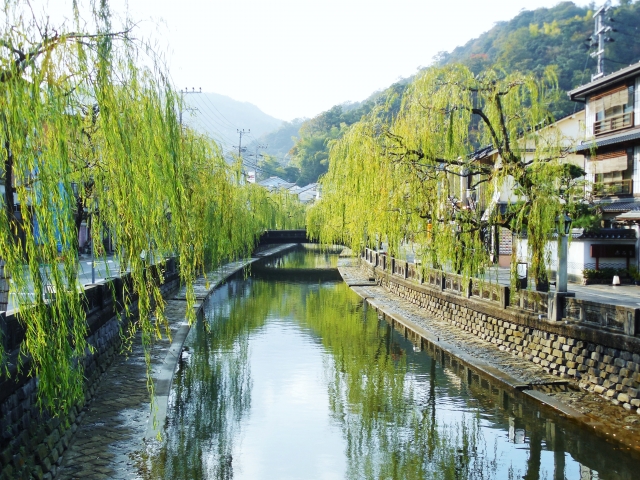
The townscape seems to come straight out of a Japanese anime, and you will feel like you’re transported back in time. Many visitors wear a yukata while they are strolling around the little town, adding to the charming atmosphere. You will be provided with a yukata by the ryokan you are staying at, so feel free to join in! Besides the atmosphere of the town itself and bathing in different hot springs, there are other things to do in Kinosaki Onsen. Let’s have a look at some other must-do activities in the region!
Kinosaki Ropeway
Mount Dashi (大師山), with an height of (only) 231m, is overlooking the small town of Kinosaki Onsen and the surrounding area. From the top, you can enjoy a beautiful panoramic view of the mountainous area. The spectacular view was awarded 1 Star by the Michelin Green Guide Japan. To get to the top, you have two options. If you are feeling like a little walk you can take the hiking trail which takes you from Kinosaki Station to the top. The hike to the top takes approximately 45 minutes one way. Alternatively you can take the ropeway up, or combine to two options.
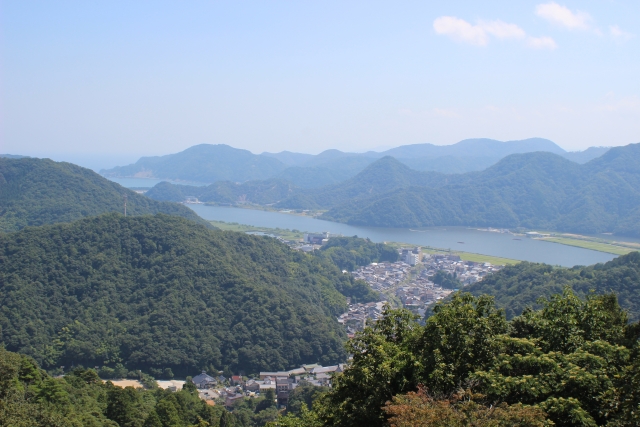
Kinosaki Ropeway
Daily operating 9.10am to 4.50pm
Round trip to summit ¥910
Round trip to middle station ¥570
Onsenji Temple
Along the mountain slope of Mt. Daishi, this Buddhist temple reveres the guardian spirit of the hot springs. Legend has it that the saint who this temple is dedicated to has patiently prayed for 1.000 days after which the spring water came to Kinosaki. Some visitors of the hot spring town first visit Onsenji Temple (温泉寺), which literally translates as ‘onsen temple’, in order to receive the healing powers that will make their visit to the hot springs as powerful as possible. Most of the temple’s main buildings are located halfway up the forested mountain, but some additional temple structures are located at the foot of the mountain.
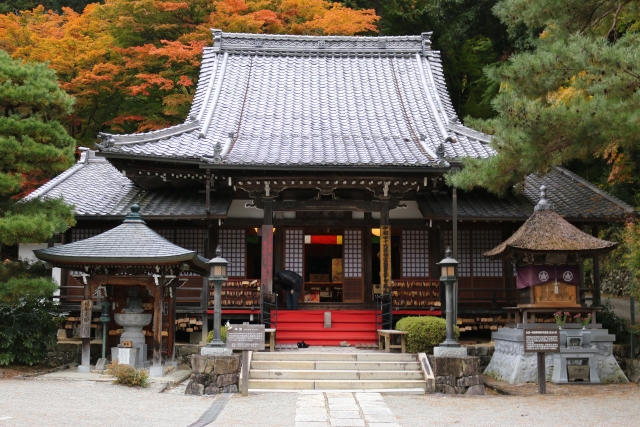
If you like art, you may want to visit the Kinosaki Art Museum (城崎美術館) nearby that displays the temple’s treasures. In order to get to the temple, you can either get some physical exercise and climb the stairs, or you can take the Kinosaki Ropeway. It stops at the main hall of the temple, and goes even further up to the observation deck from where you can overlook the town and it’s beautiful green surroundings.
Onsenji Temple
9am to 5pm (may be closed when the ropeway doesn’t operate)
Admission fee temple: ¥300 (¥400 including the museum)
Konotori no Sato Park (Oriental Stork)
Only 10 kilometers from Kinosaki Onsen you can find the Konotori no Sato Park (コウノトリの郷公園), where they breed the stately Oriental Stork. This local bird went extinct in the 1970s because of farming eliminating its food sources, but the government decided to bring them back. They imported some birds from Russia, and the breeding program that centers around this park was successful as birds that were born in the park are now breeding in the wild as well.
There is a museum where you can learn more about the breeding program and the birds themselves, and you can see the Oriental Storks in their breeding habitat. If you are lucky, you can see multiple storks going about their business from close up!
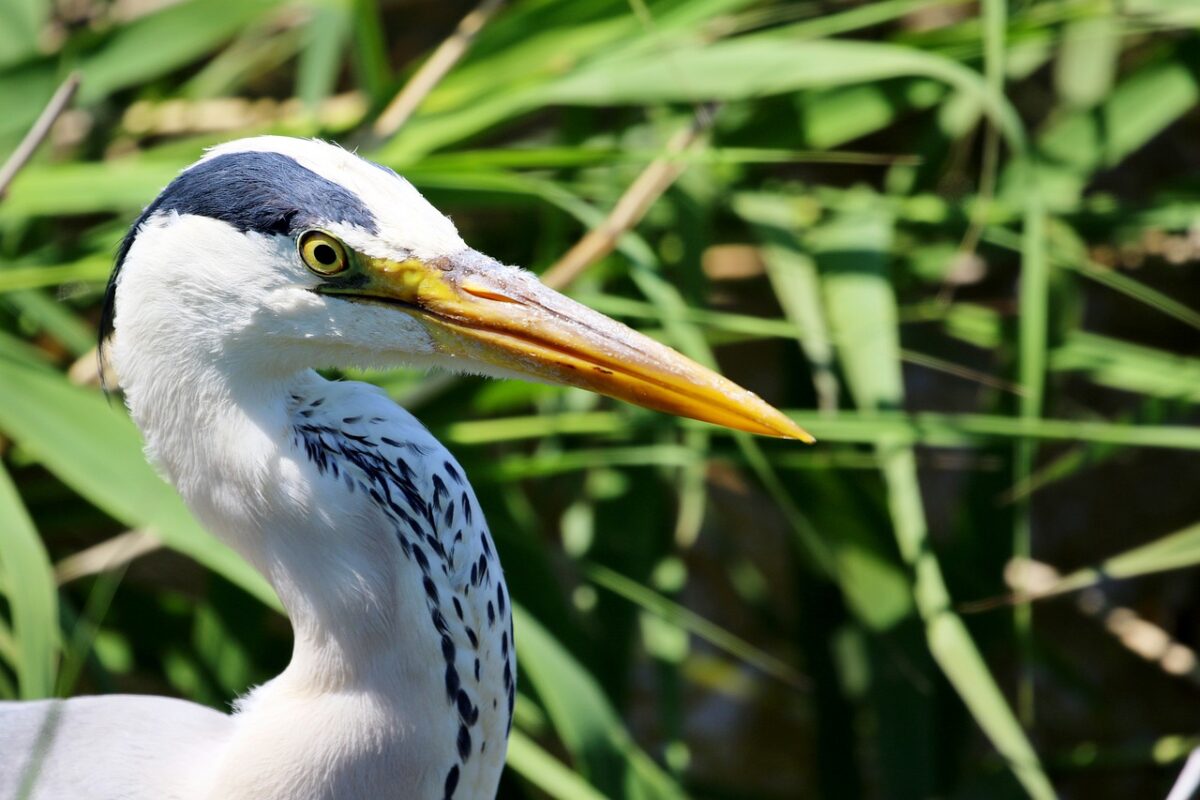
Konotori no Sato Park
9am – 5pm (closed on Mondays)
Free admission
Cycling the Maruyama River
Kinosaki Onsen is surrounded by quiet, natural areas. For those who want to spend some more time in nature, cycling along the Maruyama river is a great way to enjoy the environment without breaking a sweat. You can get a rental bicycle from the SOZORO Kinosaki Tourist Information Center, and cycle either north or south. If you go north, you will reach Kehi Beach and the Tsuiyama Fishing Port. Just of the Hiyoriyama Kaigan Coast in the north, you can see the small island Nochigashima Island with an ancient palace-like structure built on the top. The island is also known as Dragon Palace Island and the view is particularly nice when the light of the sunset creates a fairytale-like atmosphere. During the spring and summer months, you can enjoy swimming in the ocean at Kehi Beach, as well as BBQing.
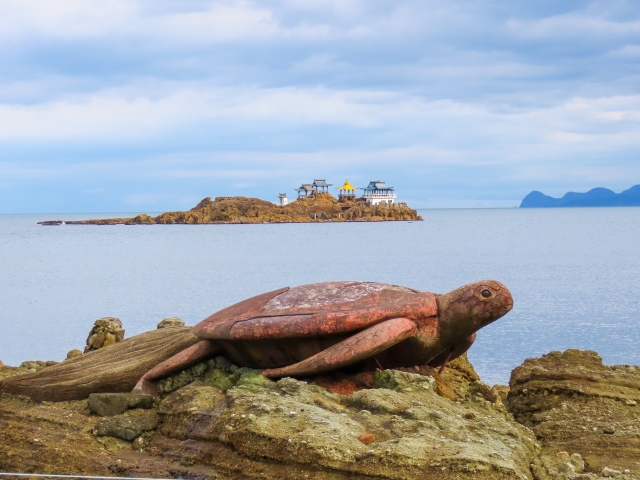
When you cycling south along the river from Kinosaki, you will pass by the Hachigoro Wetlands and the 5 Genbudo Caves. These basalt caves were formed after volcanic eruptions more than a million years ago after the magma cooled down. Interesting formations were exposed after the area’s earlier inhabitants carved out the caves, and they were designated as a national natural treasure in the 1930s.
Kinosaki Crab
Every region in Japan has its own local gourmet specialties, and Kinosaki Onsen’s pride is the Matsuba-gani, or snow crab. Only available during the winter season (November-March), this crab is supposed to be one of the most delicious crabs out there. Its meat is rich and slightly sweet, and the female version has eggs that give it a strong umami flavor.
They are caught right off the coast of Kinosaki, so the crab here is super fresh. Most restaurants and ryokan serve Kinosaki crab when it is in season, so make sure to look for it if you come to Kinosaki Onsen during the winter months!
Stay at a ryokan
If you want to be able to truly relax in Kinosaki Onsen, we recommend you to stay overnight. Of course, a stay at a ryokan (a traditional Japanese accommodation) is essential if you want to have the full local experience. Typical features of a ryokan stay are staying in a tatami room, sleeping on a futon, and enjoying exquisite Japanese cuisine for dinner and breakfast. You will also experience true Japanese hospitality from your hosts known omotenashi, meaning to wholeheartedly look after guests.
A ryokan stay also comes with a private or semi-private onsen bath, so you can enjoy another soak just before you roll onto your futon. You will surely have one of the most restful nights of sleep of your holiday in the ryokan! Some of our recommended ryokan in Kinosaki:
A true local experience in Kansai
You can plan your visit to Kinosaki Onsen between a stay in Kanazawa and Kyoto, two of the popular cities to visit in Japan. If you want to make the most of your stay in those historic cities, why not plan a private tour with one of our amazing guides? We have local experts in both Kyoto and Kanazawa. A guided tour will provide you with insights that you otherwise wouldn’t easily gain, and you can be sure that you will see all the best a city has to offer.
Other fun activities to do in and around Kinosaki Onsen:
▶ Learn the ancient Onsenji bathing method at Kinosaki Onsen
▶ Sea kayaking in the Sea of Japan
▶ Temple visit and matcha tea experience
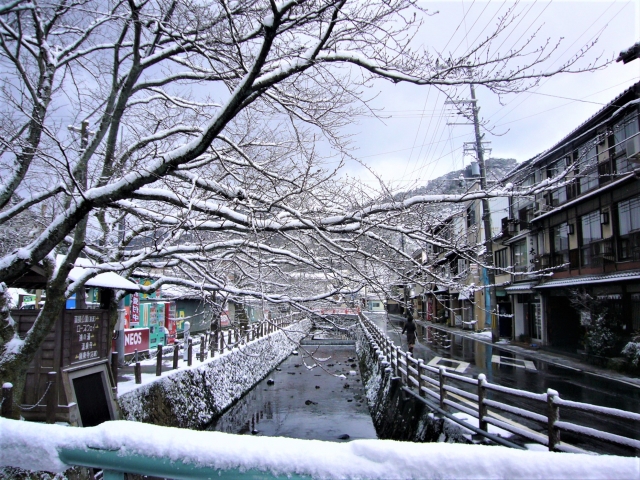
As you can see, visiting Kinosaki Onsen will provide you with a true local experience in the Kansai region, and there are many things to see and do in the area. This lovely little onsen town is among the best onsen towns in the Kansai area and a pleasant getaway from the well known areas. like nearby Kyoto. As it is a little bit off the beaten track, you will be one of the few foreign tourists here. It will be one of the highlights of your stay in Japan for sure!
Follow us on Instagram, Facebook and Twitter for more travel inspiration. Or tag us to get featured!
Happy travelling!
Other article you might enjoy

Stefanie Akkerman moved from the Netherlands to Japan in 2013 with her Japanese husband and son. She jumped into the niche of Dutch tour guiding in Tokyo and Kamakura in 2015 and occasionally writes articles about all the great sights and activities Japan has to offer. She loves (Japanese) food, and to work that all off she goes diving, snorkeling, cycling, or hiking.
This post may contain some affiliate links. When you click through and make a purchase we may receive some commission, at no extra costs to you.
